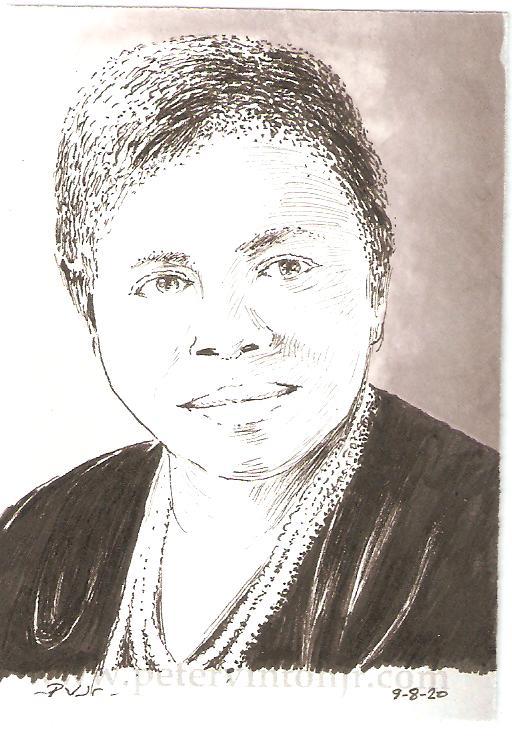
An ongoing illustrative history study
This piece originally posted 10/20/2020
Prelude | 45 | 46 | 47 | 48 | 49 | 50 | 51 | 52 | 53 | Email |
|---|
"Invest in the human soul. Who knows, it might be a diamond in the rough."
A name that has been popping up fairly regularly in this series, let us at last examine the remarkable life of Mary MacLeod Bethune. Born to former slaves in 1875 South Carolina, Bethune was educated at Barber-Scotia college and originally planned to pursue the life of a Christian missionary in Africa, but came to realize that "Africans in America needed Christ and school just as much as Negroes in Africa."
By 1904 Bethune had moved to Daytona, FL and had opened a high school, a hospital, and --most significantly-- the Daytona Normal and Industrial Institute for Negro Girls. Such was the popularity of this institute that it merged with a nearby Methodist men's college and became Bethune-Cookman College, with Bethune herself as one of the first college presidents in the nation. Later Bethune joined the advocacy group National Association of Colored Women (NACW), and became its president in 1924 (see Lessons #29, #33, #40, #41, and ahead to #81 in this series).
Bethune's connection with NACW led to a friendship with First Lady Eleanor Roosevelt, and ultimately a trusted (though unofficial) position as an advisor to Pres. Franklin Roosevelt. After the war she served in a similar capacity under President Truman, advocating for the integration of the Red Cross, and also calling greater public attention to lynching, voter discrimination, and segregation on interstate trains and buses. Representing Truman at the founding conference of the United Nations in 1945, she was the only American woman of color present.
Bethune died in 1955, having lived to see the momentous Brown v. Board of Education ruling. A statue of Bethune was erected at Lincoln Park in Washington, D.C., the first-ever statue of a Black person on federal land, mostly at the tireless urging of Dorothy Height (see Lesson #28 in this series).
Next page - Lesson 50: Constance Baker Motley